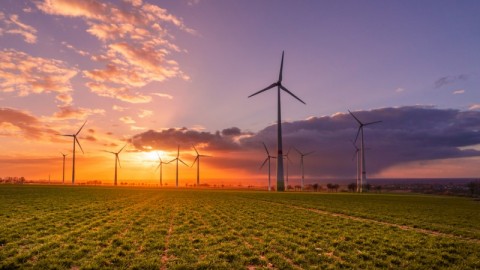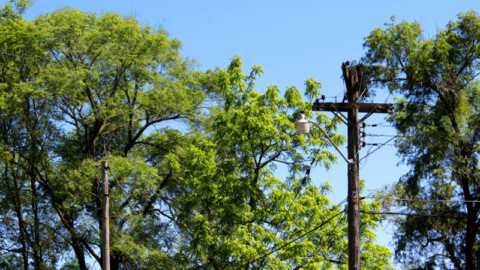The Australian Energy Council (AEC) has revealed where Australia’s energy prices sit amongst fellow Organisation for Economic Co-operation and Development (OECD) nations, discovering the country has the tenth lowest retail household electricity prices out of the international organisation.
The AEC analysis also showed that Australia’s retail household electricity prices in the National Electricity Market (NEM) are the lowest they have been for eight years.
Australian prices are based on the average cost per unit of electricity of 27 cents per kilowatt-hour reported by the Australian Competition and Consumer Commission (ACCC) in its most recent NEM review.
The AEC’s Chief Executive, Sarah McNamara, said, “This assessment of how much Australian homes and businesses pay shows our electricity supply is internationally competitive, and that retailers are passing savings on to customers.
“Consumers have been benefiting from lower wholesale prices which have been flowing through to household bills.
“The competitive retail market is also helping keep electricity costs down with market offers offering better value than the regulated default offers set by the government.”
When compared against other OECD countries, based on an equivalent purchasing power index for prices, Australian average prices per kilowatt-hour (kWh) are equivalent to 17.6 US cents (c/kWh), well below the OECD average cost of 24.2 US c/kWh and less than many European countries on a Purchasing Power Parity (PPP) basis.
PPP is used to adjust the data to exchange rate differences and ensures a like-for-like comparison when buying equivalent goods or services across borders. A PPP can therefore provide a good indication of affordability by country.
The highest household cost of electricity on this basis is in Germany, the Czech Republic, and Poland, while the cheapest residential electricity rates are seen in Canada, Iceland, and Norway.
Without the PPP adjustment, Australian residential electricity prices are at 19.21 US c/kWh, just below the OECD average (19.8 US c/kWh).
“Whilst this is encouraging news for all Australian consumers, it’s still a good idea to speak to your retailer or look on the government-run comparator sites (Energy Made Easy and Victorian Energy Compare) and to make sure your retail deal is the best value for your circumstances,” Ms McNamara said.
More details of the analysis can be found here.

















